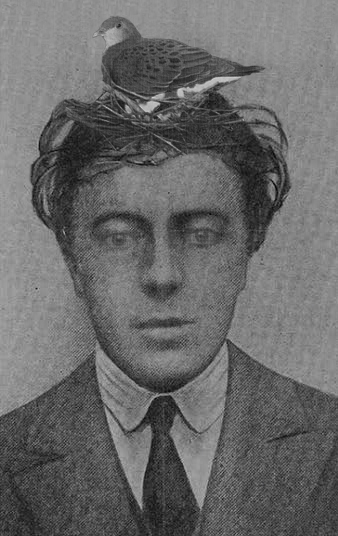Pas Un Cadavre: 50 Years Since the Death of André Breton
“Not life after death, she replied, but more edge to life.”
-Michael Taussig.

In northern Paris, at the Batignolles cemetery, there lies the corpse of a man who refuses to be buried. A man split into two, not by a window, but by the grave. Has anyone checked it recently? We only ask because, contrary to the supposed death-dates of surrealism (1929, 1939, 1947, 1966, 1967, 1968, 1969, 1976, 1989, last Thursday etc.) new creatures continuously arise across the Earth that point towards a common dark origin… Patterns of thought and action that mimic the spread of plague but bring rejuvenation in lieu of misery.
Breton continues to prey upon willing victims. Of course we are not declaring in the daylight that he has become a vampire, but we would like to hypothesize… Heathcliff might still wander the moors. Although moldering for 50 years, his corpse still weighs like a hypnogogic apparition on the brains of living surrealism. They tried to bury him alive in 1930, but he clawed his way back up to the surface. Since his death in 1966, they haven’t been able to keep tabs on the cadaver.
We note that the phrase “since the death of Breton” has become an epochal designation. Of all the “attempted subtractions” internal to the movement, we still find only a single definitive subtraction, imposed onto history by the year 1966. Like the death of any father-figure, it has traumatized surrealism indefinitely… And for the better? We continually ask ourselves, “Who was that man split in two by the window – or who is he? And where did he get that smart necktie?”
Are you an Anglophone? Did you come to surrealism through Breton? Did you read Nadja in Richard Howard’s translation and discover the secret poetic voice of the 10th Arrondissement? (That area, decried by the guidebooks as an empty placeholder for the Gare du Nord, but containing in it the “very beautiful and very useless Porte Saint-Denis…”) All the world loves Paris, but who convinced Paris to make love to itself in the darkest alleys of its least reputable districts?
Michael Taussig, expert on living death: “Death-work, as Walter Benjamin suggested, provides the authority required by the storyteller…”
The storytellers in question spend a lot of time in cemeteries like Batignolles. They make rubbings from tombstones and generate a fair amount of money via royalties. Of course, they live by death-dates. If the movement dies with its figurehead, it makes writing the introductory panels for exhibitions so much simpler. In the English-speaking world (our precious language of international imperialism), these storytellers now try their hands at forensics. To them what’s dead is dead. Not so for us. And that shadow out of the corner of your eye? Like a stuttering scientist in a vampire movie, they explain away living surrealism as a nightmare caused by a bit of undigested beef. The Mormyrid takes special pleasure in watching them squeak “there has to be a rational explanation!” while across the bridge, the shadow of Breton comes out to meet them.
It is clear that biographism has become a new form of miserabilism. It is high time for the biographers to experience what it feels like to be buried alive for themselves. In folklore, we are told, they buried their dead with a little bell, just in case…
Miserabilists! As far as Breton is concerned, we advise you to heed that prophetic intertitle from Nosferatu: “That name rings like the cry of a bird of prey. Never speak it aloud…”
Accordingly, we descry the present attitude of: biographers, journalists, publishers, art historians, chauvinist anglophones, literary critics, conservative academics, and all those who seek to smother the surrealist volcano with their pages of footnoted gossip. We humiliate the humanizers. We glower unceasingly at English publishers and translators who let generations of surrealist writing go unpublished and untranslated. We reject your local substitutes: kibitzers, eclectics, and aesthetes. We have no time for revisionist postsurrealisms that seek an amoral, De-Bretonized aesthetic. Like the anti-clerical Bejamin Péret, we spit at those who mention the words “high-priest”, “commissar”, or “pope” in the same breath as the name of the extraordinary individual in question.
They are wrong about Breton just as they are wrong about the vampire: he does not need to sleep in the unhallowed ground of his home country. Internationalist and revolutionary, all soil is suitable. It is in commemoration of fifty years since the death of Breton that we present the following selection of work, sent to us by friends from around the world. They are not memorials for the dead. They are not gravestone engravings with pretty angelic flourishes. They are postcards for living, in the shape of life, autographs of the convulsive signed by the traveler in the night of her stupor.
We hold a materialist séance with a long-dead corpse, the undying presence of revolt.
-The Mormyrids, May 2016

